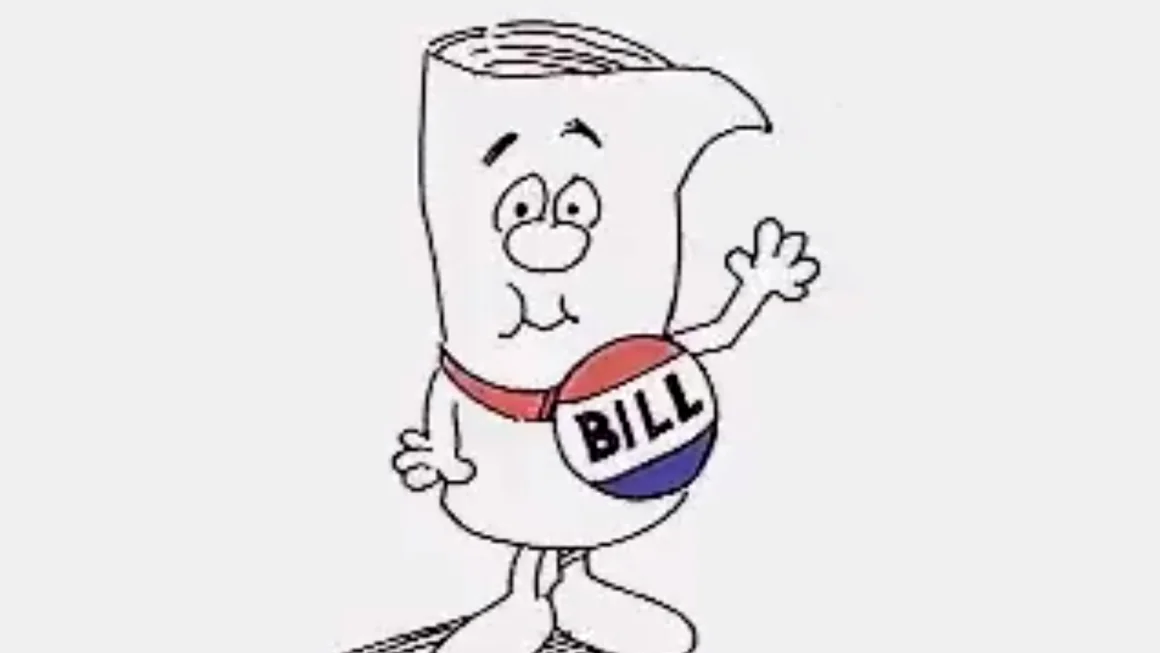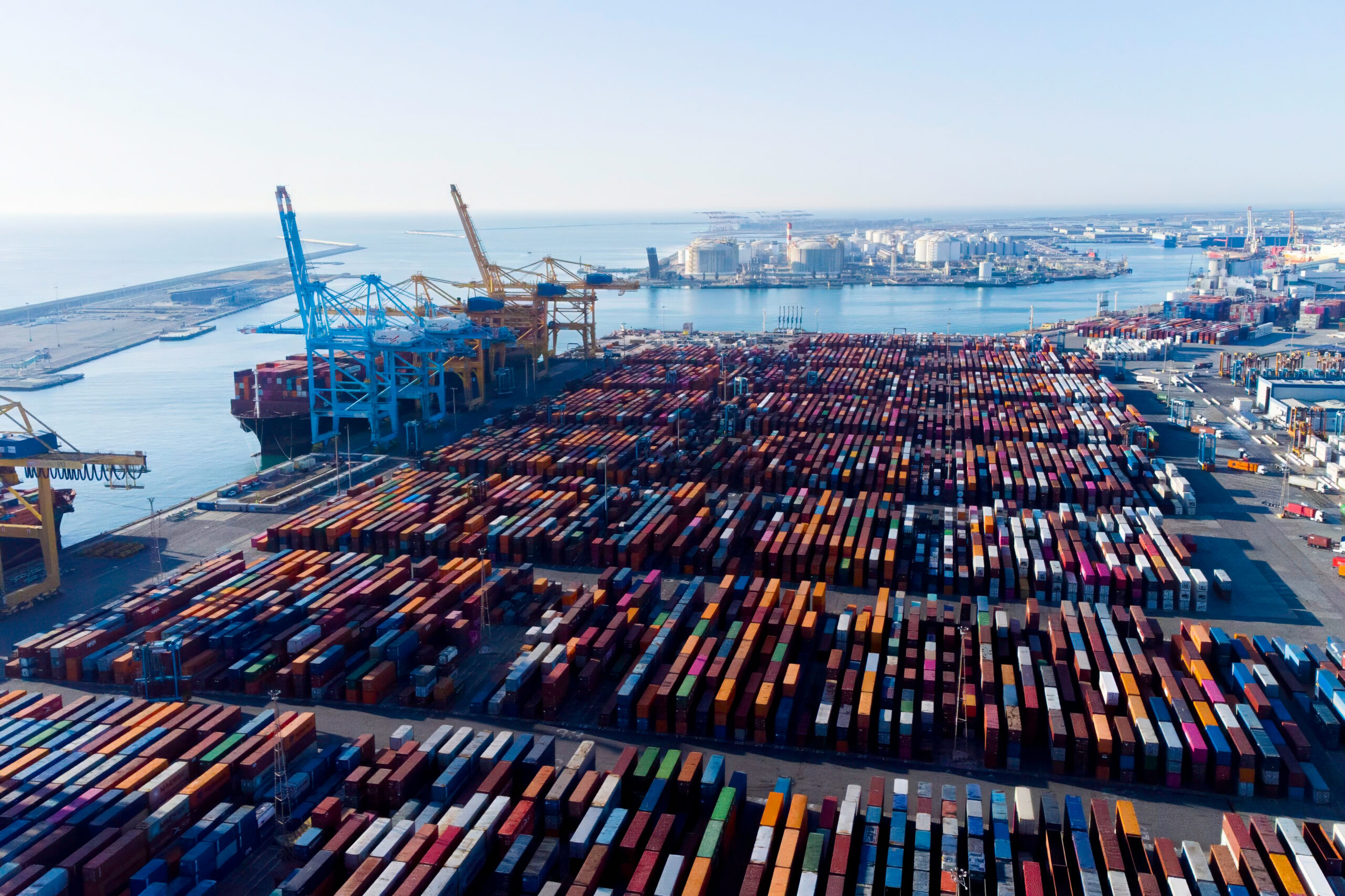Trump has put multiple tariffs into place. These tariffs cause changes in supply chains and in the costs to produce certain goods.
Every product produced requires raw goods, tooling, work space, and skills to create.
Consider a simple BLT. The raw goods are bacon, bacon, bacon, lettuce, tomato, bread, mayo. Having all of those raw goods does not a BLT make.
You have to have the correct tooling. The tooling here is a way of cooking the bacon, such as a grill top, cutting tomatoes, cutting bread, spreading the mayo.
Once the sandwich is produced, it has to be packaged for delivery. That requires still more raw goods.
When you sell that sandwich, you include the cost of the raw materials that go into it, you include the cost of the packaging, you include the cost of the tools, the building you used, and you include the cost of labor. You then need to include the cost the government imposes on you.
The cost of your raw goods includes the price you pay for the goods, the cost the government imposes on those goods, such as tariffs and VAT, and the cost of transporting the raw goods to your location.
Once you have all those costs, you add profit to come up with the price you will charge your customers.
Now, let’s change the product, instead of creating a sandwich, you are creating a gear. Your raw goods are iron and pattern making materials. You will use your tools to convert pattern making materials into patterns. You will then use those patterns to cast gear blanks. You will then turn those gear blanks into finished gears by applying different tools.
You have converted raw materials, with knowledge, skill and labor, into a finished product, a gear.
That gear is sold at a price which is profitable to you. That gear is likely a raw material for some other business.
Tariffs add to the cost of anything imported into a country that imposes imports. Imports are decided on the origin country or the country of manufacture.
Consider a car that is manufactured in Detroit. If that car includes raw materials that are imported from other countries, those materials that have tariffs applied will cost more.
There are no “complexities” to this. The “PANIC!” people want you to think there are, that’s not true. Every business keeps track of the cost of raw materials. If they don’t know the costs, they can’t set prices. It doesn’t matter if Ford, Canada produces the part or Ford, Flynt creates the part. There is a cost that is paid to have that part in the Ford, Detroit plant to put into a new car.
In a well-functioning business, they are always looking at the cost of raw materials. The cost of raw materials includes the cost of taxes (tariffs) and transportation.
It also includes the cost of bad materials. If you are paying a $1.00 for a widget and there is a 10% failure rate, that means you are paying $1.10 for each working part. If somebody else has the same widget with a cost (price + extra costs) of $1.05 and a failure rate of 0.1% that means they are only scrapping 1 in 1000 widgets.
In this case, it is actually cheaper to buy the “more expensive” widget.
Included in the cost calculations are longer-term issues. If the ball bearings you purchase are not properly heat treated, and you assemble them into a high-precision roller bearing which then fails in a million dollar engine, there is a heck of a lot more costs involved.
We know that people will change their purchasing habits when the cost of needed goods goes up. We saw this when Americans switched from steak to ground beef as their primary meat. Look at the CPI for food, you’ll see that in the past it had steak on it, today it has ground beef.
Because the cost of goods goes up, people will look for better prices. If that search leads to a local business, so much the better.
Unfortunately, local business might not be set up to cope with a large influx of new business. This leads to shortages.
In a market-driven economy, this leads to people consumers offering more or producers charging more. This is called a “signal”.
Because this signal exists, asking for more of that product, producers will attempt to create more product. This could be as simple as turning on an extra machine or as complex as standing up an entirely new production plant.
When this is going on, “the market” will respond. The market responds by buying or selling ownership in different companies. If a company that used to clear $2,000,000 per year is now projected to clear $4,000,000 per year is likely to attract buyers. A company that is seeing their income drop is likely to attract sellers.
This causes market fluctuations.
Over the course of yesterday, the portfolio that I follow was up as much as 1% yet closed down 0.82% Since Trump announced the tariffs, the portfolio has lost 3.53%
On $100,000 that’s a $3,530 loss.
And it is meaningless. That portfolio will go up again.
The people who are screaming the loudest are the people with millions in the stock market. If that are looking at a $10,000,000 portfolio, a 3.53% drop is $353,000 “loss”. That is more than a 1/4 million dollars in just a few days.
But it only becomes a loss if they sell now. If they hold on to those securities and the price recovers or goes up, then they will “make money”. But again, that is only true if they actually sell the security to realize the profits they made.
There is no reason to panic. The sky is not falling. If anything, this might be a good time to look at putting money into the market. The trick is to buy when near the bottom of the sell-off.
The only reason I know this, is I did some research this last week. I am NOT the person you want to take financial advise from.











